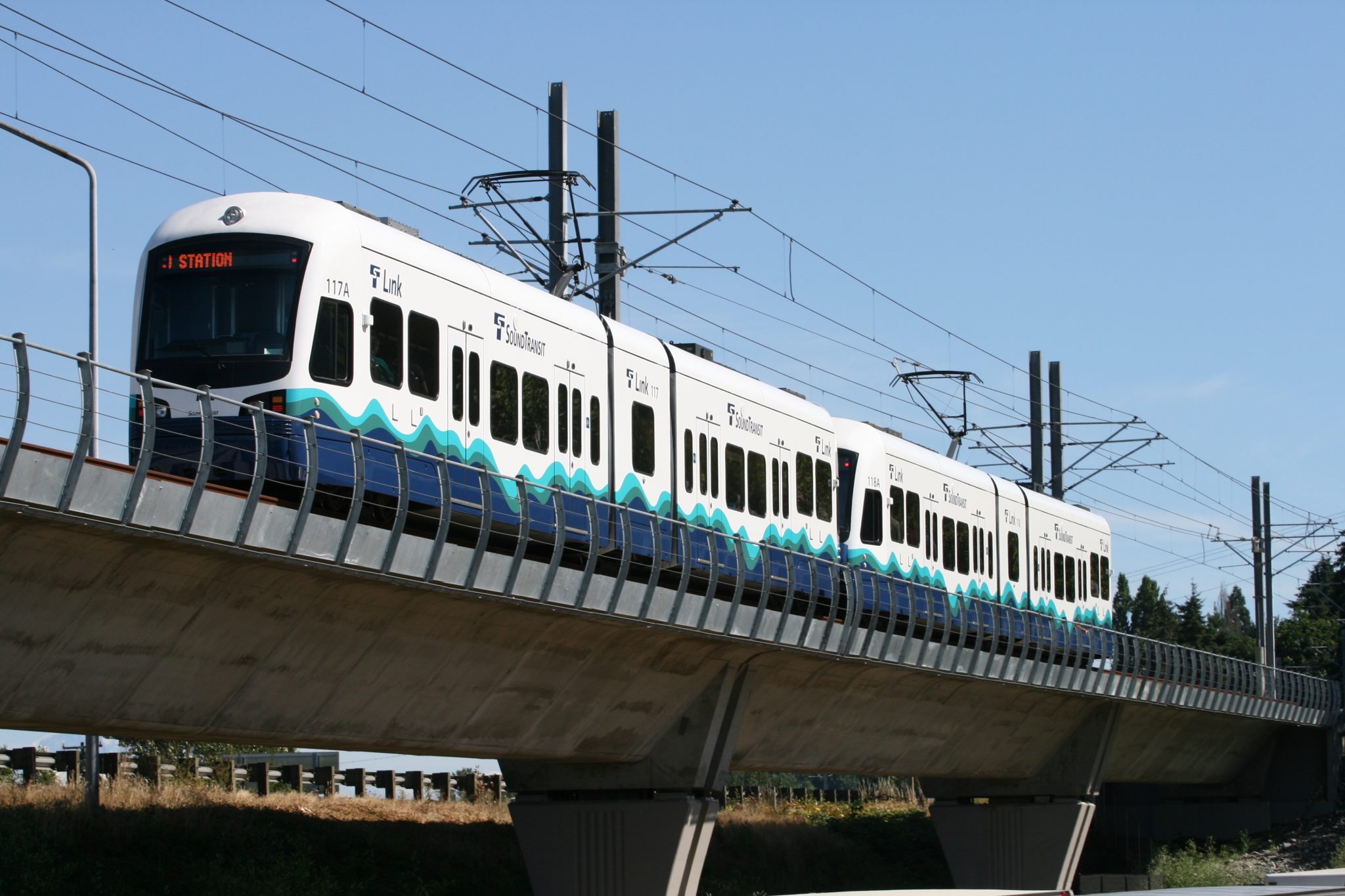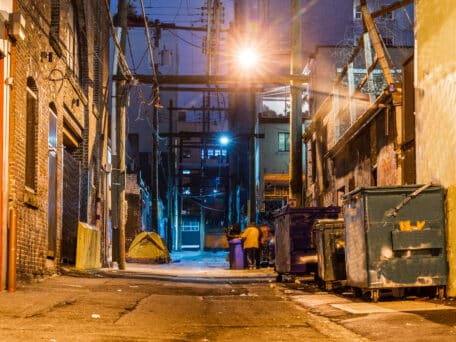Based on the bi-partisan transportation package passed by the state Senate and the highly partisan proposal in the state House, it appears that Sound Transit will be able to ask voters for $15 billion (or, at the very least, for $11 billion) to fund its new spending plan, Sound Transit 3 (ST3). Sound Transit officials are not losing a minute. They are already preparing a strategy for selling their ST3 plan—complete with its $15 billion price tag—to the public.
A recent listing from one Sound Transit official requests “Proposals from firms, partnerships, joint ventures, etc. that consist of part creative agency and part production studio to develop and produce short videos that support public engagement efforts (primarily online via websites and social media) around potential mass transit system expansion…Videos will help the public understand why transit expansion beyond current voter-approved projects is critical to the region’s economic health and livability.”
If the prospect of Sound Transit spending tax dollars on propaganda seems a bit premature, that’s because it is. The Democrat-controlled state House has yet to even pass a transportation package.
Then again, Sound Transit officials must know that they have quite a lot of work to do if they are to successfully convince voters to, once again, trust them with their hard-earned tax dollars. Time and time again, Sound Transit has proven itself untrustworthy. It has wasted taxpayer dollars and has repeatedly broken promises made in its first two spending packages—ST1 and ST2.
The Washington Policy Center (WPC) estimates that, due to Sound Transit’s last two spending packages (ST1 and ST2), working families faced an increase in taxes over the past two decades. The “average King County household in Sound Transit’s special taxing district (about 80 percent of King County residents) pays over $1,100 every year in local taxes just for mass transit, not including the state or federal taxes they pay.”
Local taxes paid to Sound Transit amounted to about $550 per household in 2013 alone. By 2018, the financial burden for Sound Transit rail and buses is expected to rise to $643 in yearly taxes under the current tax rate.
If Sound Transit is able to pass ST3 and boost sales and MVET taxes, “the average household’s tax burden would balloon to $1,185 in 2018, a $542 increase just for Sound Transit rail and buses.” But, that’s not all. The transit agency “could increase the property tax burden on residents and add another $100 to a typical household’s tax bill, based on a $400,000 property valuation.”
The WPC points out that since 1990 the “average household in Sound Transit’s tax district has paid over $6,100 in local taxes to Sound Transit alone, spent predominantly on rail.” By the time Sound Transit even completes its first phase of rail in 2016, “the average household will have paid about $7,300 in taxes to Sound Transit.”
Sound Transit is asking for its third package, without completing promises it made to voters in its first package. And, taxpayers have already paid thousands of their hard-earned dollars to the transit agency without the return they were promised. Knowing these facts, it’s not all that surprising that Sound Transit is getting an early start in forming their ST3 propaganda.
You can check out the full listing below.





